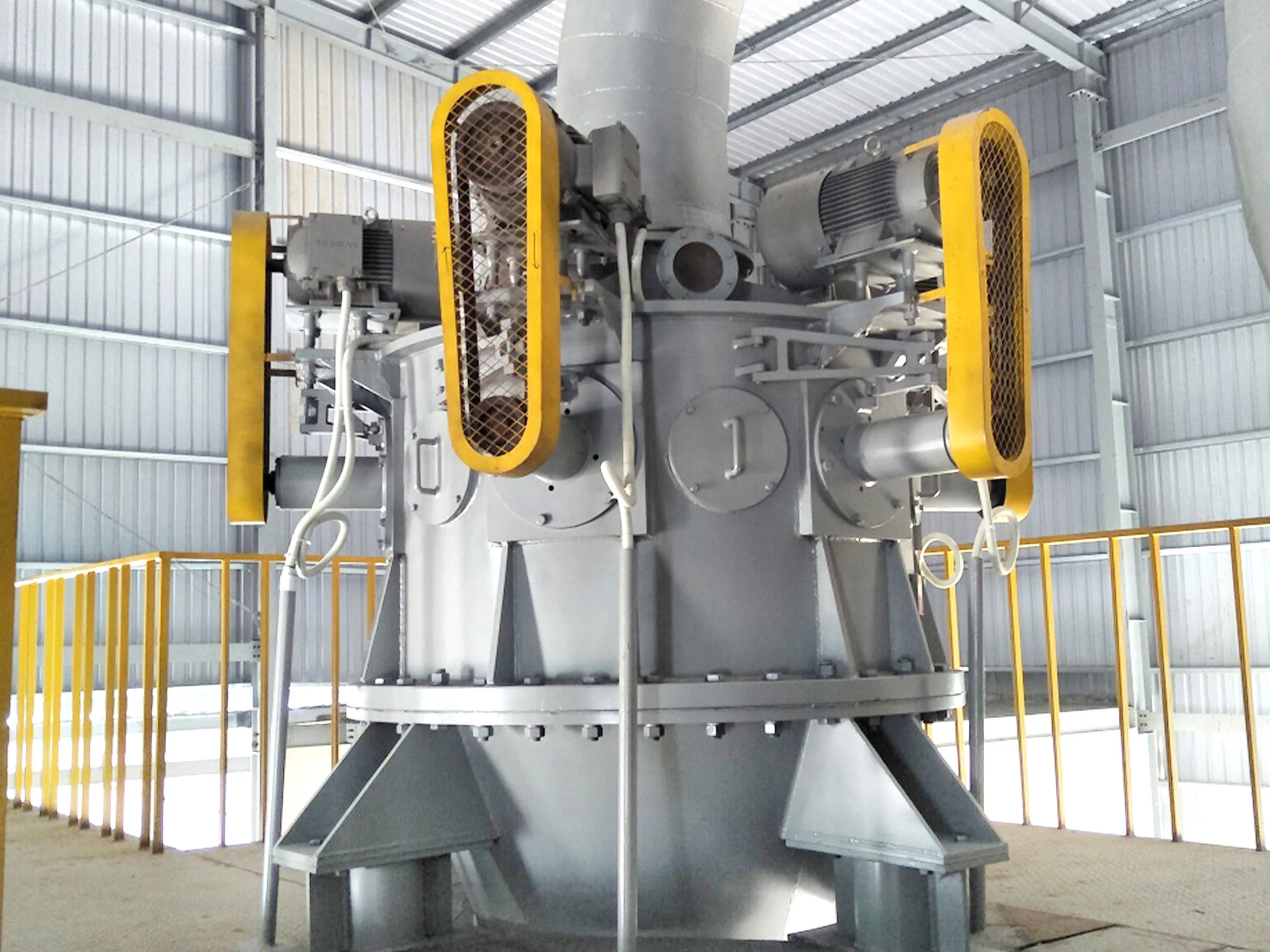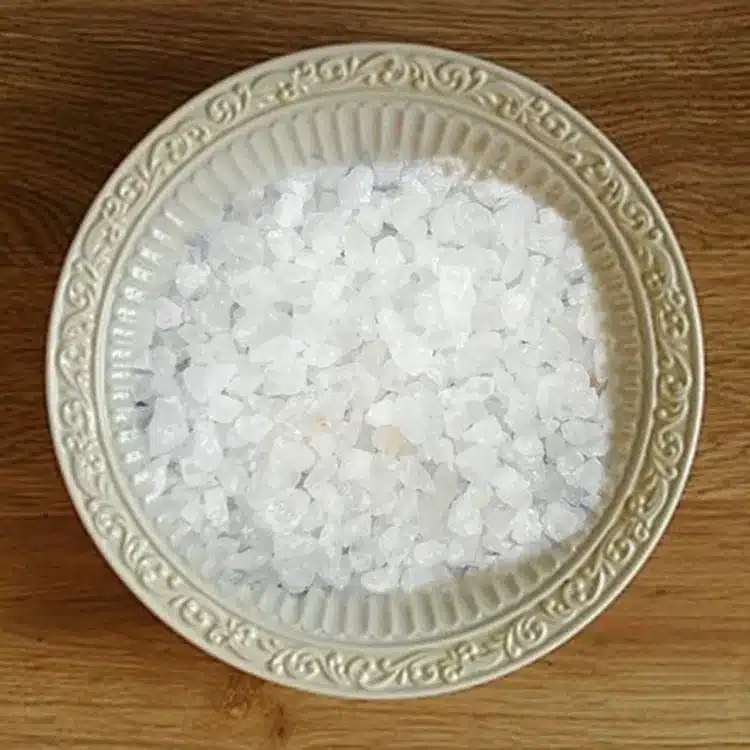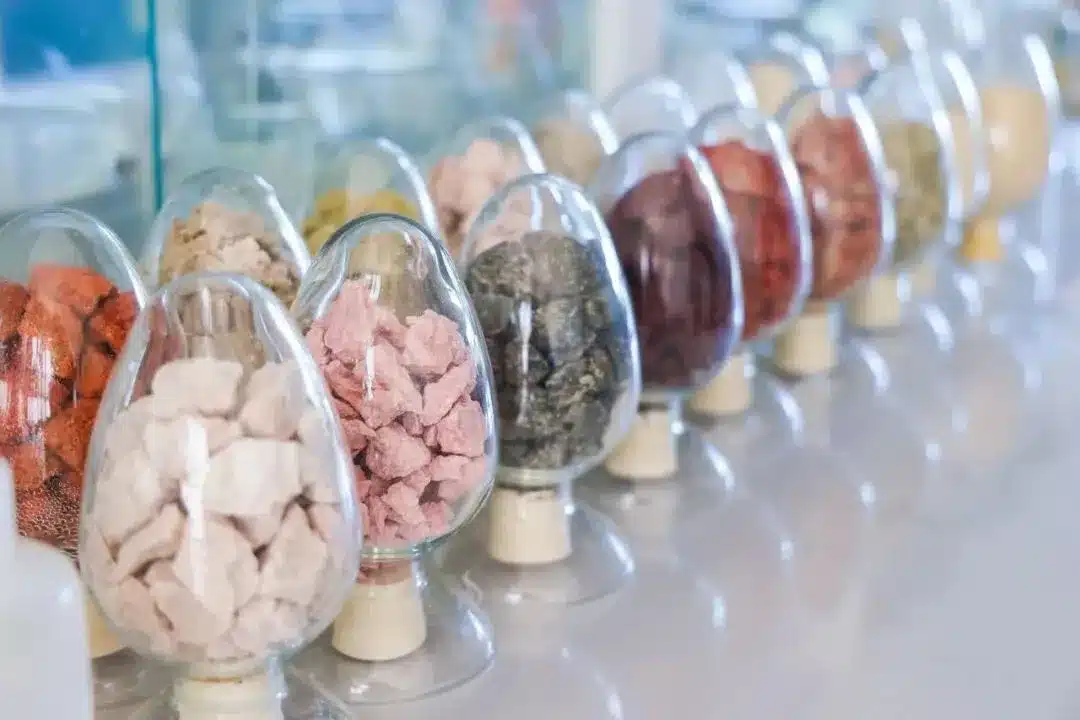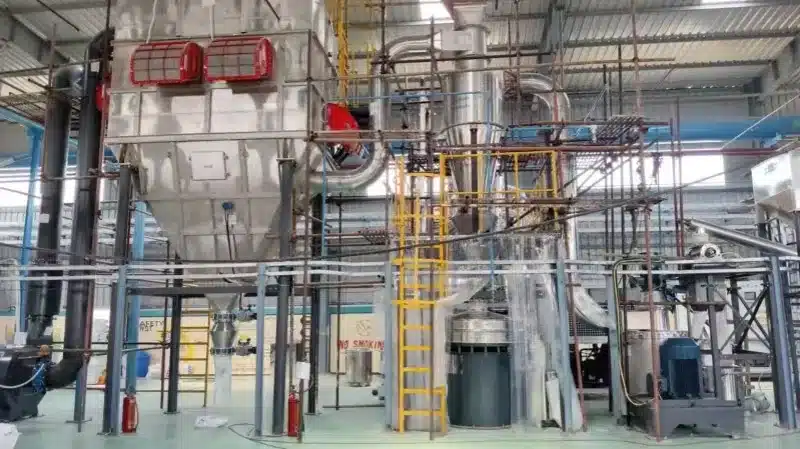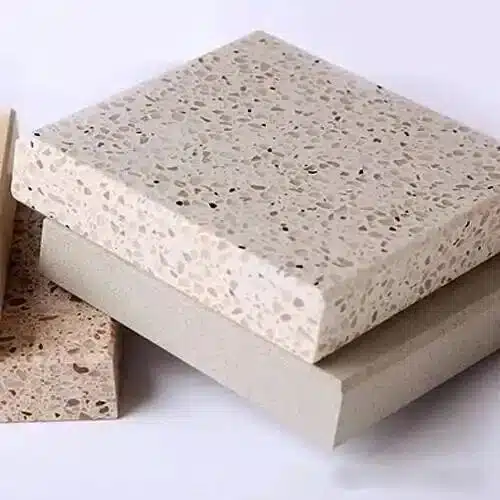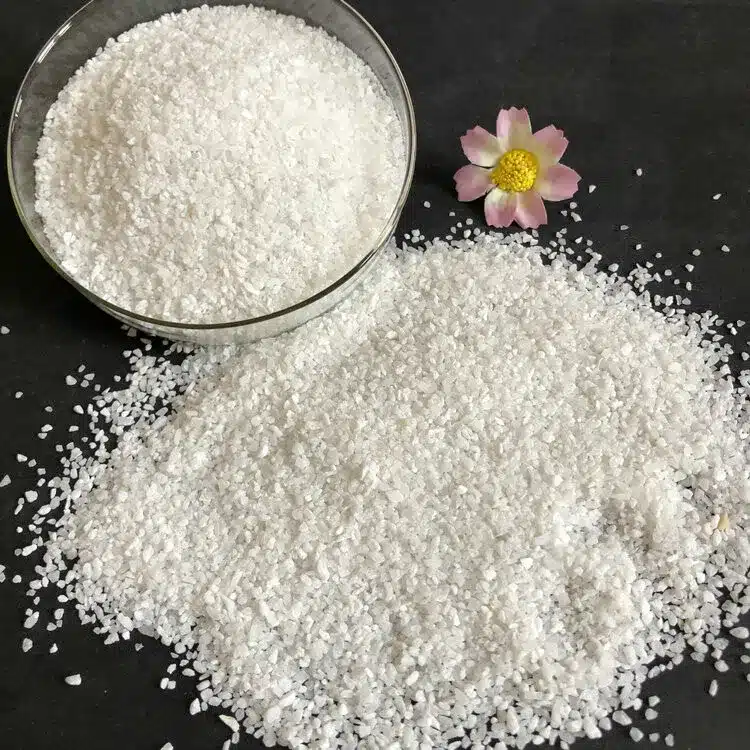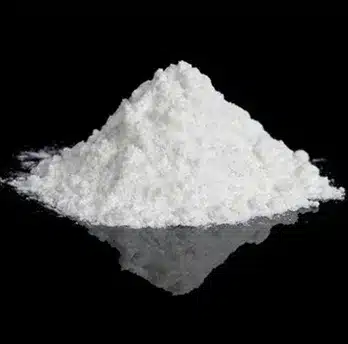Although both dispersants and modifiers are used to optimize powder performance during modification processes, they differ significantly in their core mechanisms of action, functional objectives, and durability. The specific differences are as follows:
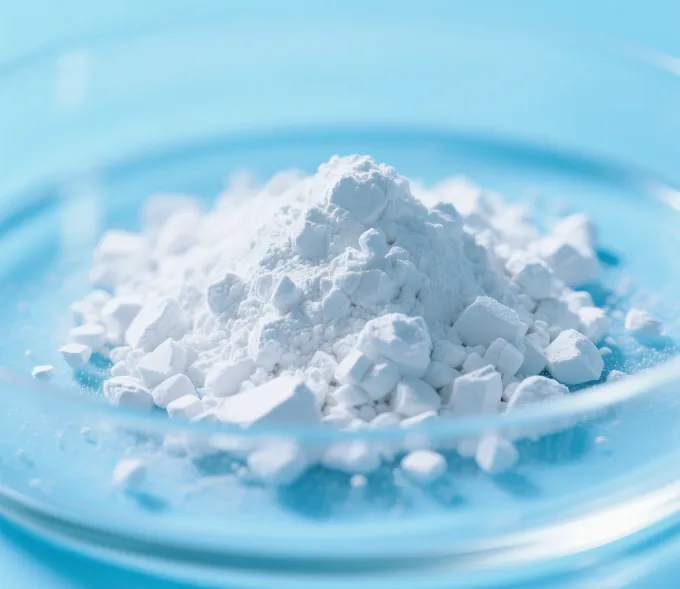
1. Mechanism of Action and Functional Objectives
| Type | Dispersant | Modifier |
| Principle of Action | Reduces particle interactions through physical adsorption (e.g., charge repulsion, steric hindrance) to prevent agglomeration. For example, anionic dispersants increase the negative charge on particle surfaces after ionization, enhancing electrostatic repulsion. | Alters the surface chemical properties of powders through chemical bonding or coating. For example, coupling agents (silanes, titanates) react with hydroxyl groups on powder surfaces to form covalent bonds or graft functional groups onto surfaces. |
| Core Functions | Short-term dispersion stability: improves the uniform distribution of powders in liquid or melt phases, reduces grinding time, and prevents sedimentation. | Long-term functional modification: enhances compatibility, lubricity, and weather resistance between powders and matrices (e.g., resins), or imparts new functions such as hydrophobicity. |
2. Persistence and Stability
Dispersants: Their effects are condition-dependent. For instance, charge-repulsive dispersants may lose effectiveness after drying (e.g., charge loss during spray drying), and the physically adsorbed layer can detach under high temperature or shear.
Modifiers: They form stable chemical coating layers that remain effective during subsequent processes such as drying, crushing, or sintering. For example, inorganic powders treated with modifiers maintain long-term mechanical performance in plastic products.
3. Differences in Application Scenarios
Dispersants: Suitable for temporary dispersion processes such as pigment grinding, slurry preparation, and coating production. A typical example is sodium hexametaphosphate (Na₆(PO₃)₆), which improves ceramic slurry fluidity.
Modifiers: Used to enhance the final product’s performance, such as:
Improving interfacial bonding between fillers and resins (e.g., coupling agents),
- Enhancing powder processing lubricity (e.g., aluminates),
- Increasing corrosion resistance (e.g., silicone coatings).
4. Ingredients and Typical Representatives
| Category | Dispersant | Modifier |
| Main Ingredients | Surfactants (e.g., SDS), polyelectrolytes (e.g., ammonium polyacrylate), non-ionic polymers (e.g., PEG). | Coupling agents (e.g., silane, titanate), higher fatty acid salts, polymer coating agents (e.g., polyvinyl alcohol). |
| Typical Applications | Dispersion in water-based systems (e.g., ceramic slurries, coatings). | Plastic fillers (e.g., calcium carbonate surface treatment), rubber reinforcement (e.g., silica coating). |
Dispersants focus on physical dispersion to address temporary agglomeration issues during processing, but their stability is limited. Modifiers, on the other hand, focus on chemical modification to achieve long-term performance improvements through surface chemical reconstruction. In practical applications, the two can work synergistically (e.g., dispersion followed by modification), but their goals are not interchangeable: dispersion serves the process, while modification enhances the product.
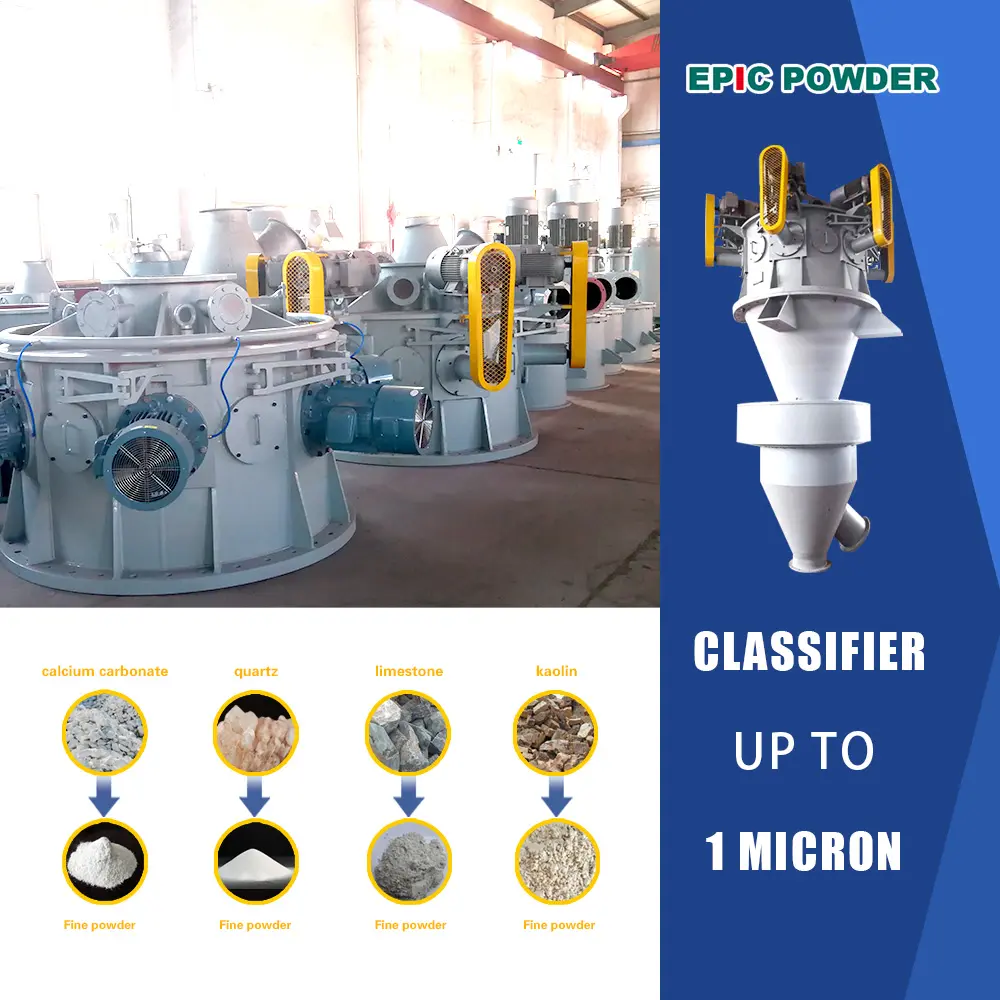
Thank you for reading this article about dispersants and modifiers. Epic Powder offers a complete after-sales service system, covering everything from equipment installation and commissioning to operation training, maintenance, and support.
Choose Epic Powder for efficient, energy-saving, and environmentally friendly powder processing solutions! Contact us to learn more about our products!

